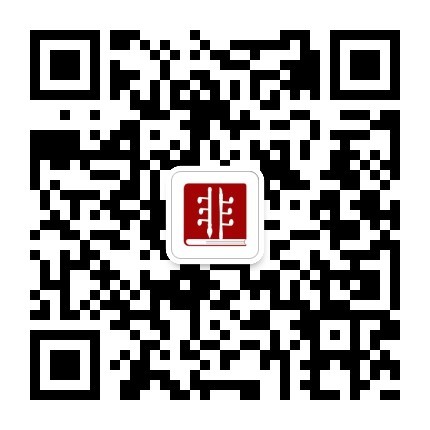【亚洲·阿塞拜疆】阿塞拜疆共和国的传统地毯编织艺术 Traditional art of Azerbaijani carpet weaving in the Republic of Azerbaijan(2010年)
2022-03-28 09:45
阿塞拜疆地毯是一种传统的手工织物,大小不一,质地致密,表面无绒或无绒,其图案是阿塞拜疆许多地毯制造地区的特色。地毯制作是一种通过口头和实践传承下来的家庭传统。男人在春天和秋天剪羊毛,而女人在春天、夏天和秋天收集染料,纺纱和染色。冬季编织工作由大家庭的女性成员、向母亲和祖母学习的女孩以及协助婆婆的妻子进行。地毯是在水平或垂直织机上用天然染料染色的多色羊毛、棉花或丝绸制成的。运用特殊技术制造毛绒地毯,织工们把毛绒纱线绕在经线上;无绒地毯由交织的结构经纱、纬纱和花纹纬纱制成。从织机上剪下成品地毯是一场不同寻常的庄严庆典。地毯编织与相关社区的日常生活和习俗密切相关,其作用体现在设计的意义及其应用中。因此,女孩们坐在地毯上算命,并在Novruz(地区新年)唱传统歌曲。地毯广泛用于家庭家具和装饰,特殊地毯用于医疗、婚礼、孩子出生、哀悼仪式和祈祷。
2010年度列入人类非物质文化遗产名录。
来源:联合国教科文组织亚太地区非物质文化遗产国际培训中心
The Azerbaijani carpet is a traditional handmade textile of various sizes, with dense texture and a pile or pile-less surface, whose patterns are characteristic of Azerbaijan’s many carpet-making regions. Carpet making is a family tradition transferred orally and through practice. Men shear sheep in spring and autumn, while women collect dyestuffs and spin and dye yarn in the spring, summer and autumn. The weaving is undertaken during winter by the female members of the extended family, girls learning from their mothers and grandmothers and wives assisting their mothers-in-law. The carpet is made on horizontal or vertical looms using multi-coloured wool, cotton or silk yarn coloured with natural dyes. Applying special techniques to create pile carpets, weavers knot the pile yarn around threads of the warp; pile-less carpets are variously made with interlacing structural warps, wefts, and patterning wefts. The cutting of a finished carpet from the loom is an unusually solemn celebration. Carpet weaving is closely connected with the daily life and customs of the communities involved, its role reflected in the meaning of the designs and their applications. Thus, girls seated on carpets tell fortunes and sing traditional songs at Novruz (the regional New Year). The carpet is widely used for home furniture and decoration, and special carpets are woven for medical treatment, for wedding ceremonies, the birth of a child, mourning rituals and prayer.
Included in the list of human intangible cultural heritage in 2010.
Source: UNESCO International Training Center for intangible cultural heritage in the Asia Pacific Region

